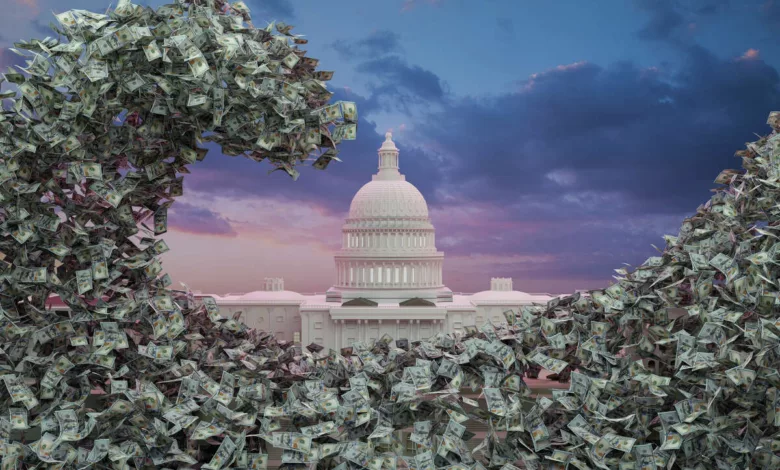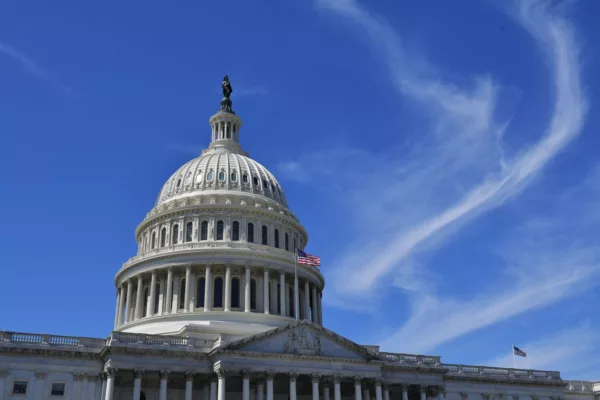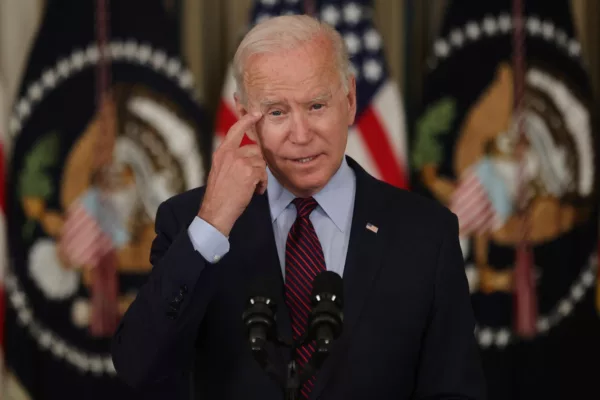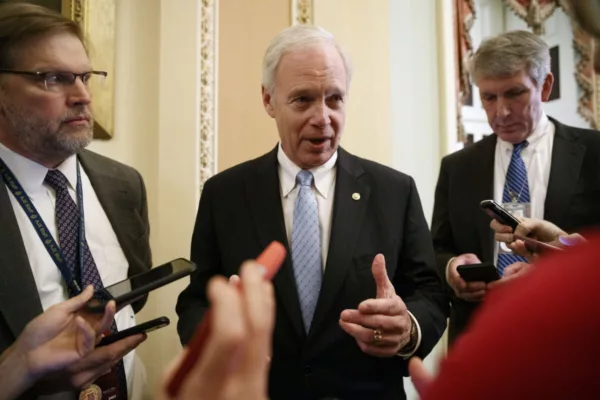America has now reached its debt ceiling. What Effect Will It Have On The Economy?

America has now reached its debt ceiling. What Effect Will It Have On The Economy?
On Thursday, January 19th, the United States reached its debt ceiling of $31.4 trillion, prompting the Treasury Department to take “exceptional steps” to assure that the federal government continues repaying its debts and can avoid default before June.
There are rumors that the Republican Party may “use the debt ceiling to impose fiscal requirements of President Biden” because of the heightened tensions between Democrats and Republicans in Congress, as reported by The New York Times.
When will we reach our debt limit?

As of 1917, when it was first implemented amid World War I, the debt ceiling refers to the maximum amount the US federal government can acquire to cover its current liabilities. The United States has reached its debt ceiling and will not be able to raise it, making it more difficult to pay for these advantages and interest on the national debt.
The New York Times reports that the federal government must resort to borrowing money to cover costs like those associated with Social Security, Medicare, and the salaries of the United States armed forces. The utmost amount that can be borrowed will be $31.4 trillion in 2021.
The debt ceiling is a problem because the United States tax revenues exceed its general government expenditures. The United States has not had an annual surplus since 2001 and has instead relied on borrowing to support government operations, according to a CNBC article quoting the White House Council of Economic Advisers.
And then there’s the second problem – default. Some worry that the United States will experience a default if it is unable to satisfy its financial obligations on time due to a lack of available finances. The report warned that if the United States did not meet its debt obligations, it could stop paying bondholders who had previously acquired US Treasury bonds from the Treasury Department.
Investopedia lists Japan, China, the United Kingdom, Ireland, and Luxembourg as the five largest international holders of United States debt.
So, what happens next?

Secretary of the Treasury Janet Yellen recently assured Congress’s top lawmaker, Kevin McCarthy, that extraordinary measures are being taken to ensure that the government can continue to pay its bills.
According to a BBC report, previous measures have included “re-topping those funds at a later date,” referring to the government’s practice of temporarily suspending investments in retirement and medical benefit funds for federal workers.
Financial operations affecting the Civil Service Retirement and Disabilities Fund, the Postal Service Retiree Health Benefits Fund, and the Federal Employees Retirement System Thrift Savings Plan have already been acknowledged by Yellen.
When the debt ceiling is exceeded, what happens?
The Treasury Secretary pleaded with lawmakers to resolve their differences soon, warning that a default on the government’s debt might cause an economic catastrophe if it was not raised by June.
According to Yellen’s letter, the repercussions of the government defaulting on its debts would be catastrophic for the economy, the standard of living for all Americans, and the international financial system.
Analysts predict that once debt default occurs, the dollar will weaken, financial markets will crash, and thousands of people may lose their jobs. Furthermore, investors would “demand markedly increased interest rates over time to loan funds to the government,” as stated in The New York Times report.
When exactly did the United States hit its debt ceiling?
The United States has never gone over its debt limit. However, experts warn that even coming close to defaulting on debt could have disastrous effects on the economy. Until the very last minute before the deadline for action expired in 2011, Republicans in Congress and then-President Barack Obama were locked in a bitter, drawn-out battle over the debt ceiling.
To make matters worse, Standard & Poor’s downgraded the country’s credit rating for the first time, making it more expensive for the US federal government to borrow money in the future, as reported by The Guardian.
How important is partisanship in this moment of crisis?

The United States has a long history of political conflict over raising or lowering the debt limit. According to the BBC, the debt limit has been changed 78 times by Congress since 1960. Nonetheless, arguments over the debt ceiling have heated up in recent years as polarisation in American politics has become wider and deeper and the political difference has grown harsher and starker.
Conservatives in Congress have exploited the issue as bargaining leverage to reduce spending during the previous decade, according to published reports. After the Republican-controlled House of Representatives exerted substantial pressure on the Obama administration to agree to budget cuts totaling more than $900 billion, the crisis finally abated in 2011.
As The New York Times noted, Republican senators have made it clear that they would not approve any increase in the borrowing limit unless President Biden agrees to significant reductions in federal spending.
Republicans only control the House by a razor-thin margin right now, and the opposition Democrats have flatly refused to negotiate. With time running out, the fight over raising the debt ceiling is only going to heat up.
edited and proofread by nikita sharma




